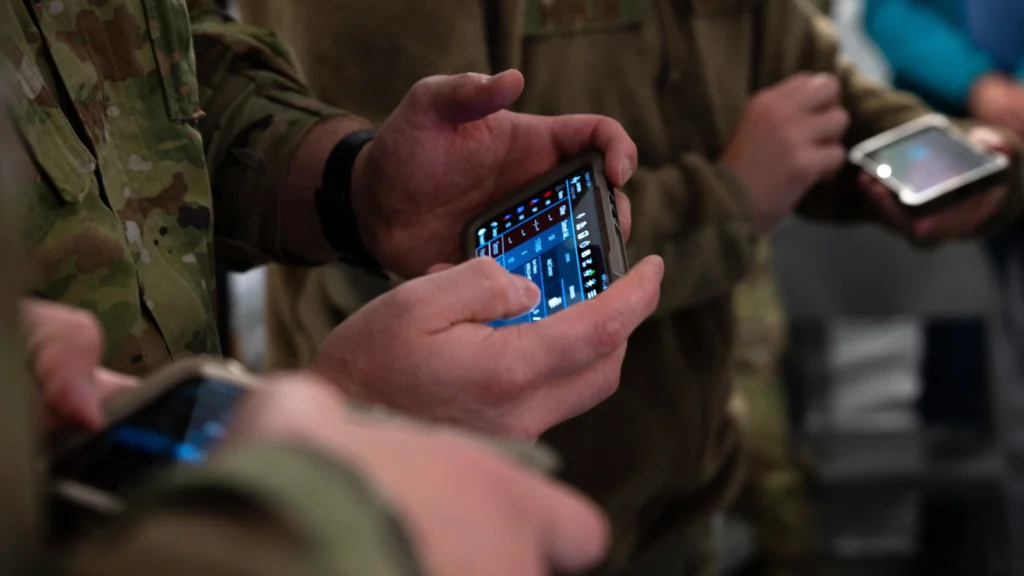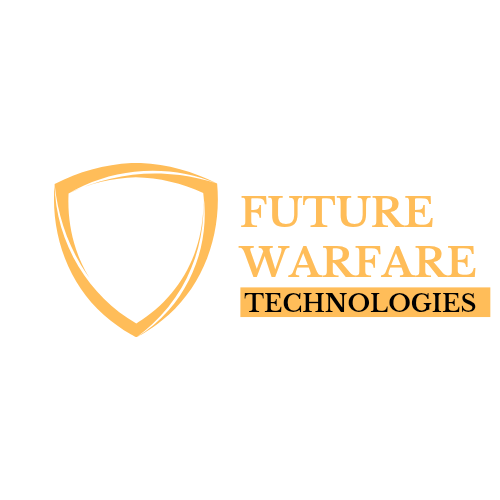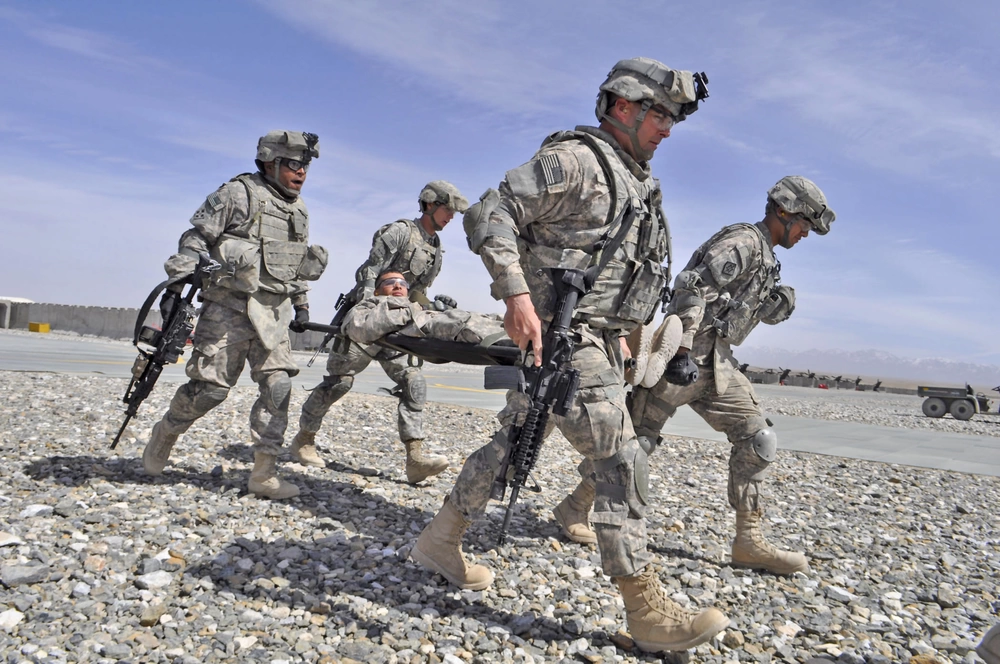The U.S. military is taking a major step forward in how it cares for wounded soldiers, thanks to a new collaboration between the Air Force Research Laboratory (AFRL) and BAE Systems. The focus of this effort is the Battlefield Assisted Trauma Distributed Operations Kit, or BATDOK®, a software system designed to improve medical care on the battlefield.
BAE Systems has been chosen to continue developing and deploying BATDOK® through a new program called Force Optimization through Rapid-prototyping, Gear Enhancements & Innovative Technology, or FORGE-IT. Together, these initiatives promise to transform the way warfighters provide medical support, ensuring that injured servicemembers receive effective treatment from the moment they are hurt all the way through their recovery. BATDOK® tackles one of the most persistent problems in battlefield medicine: keeping accurate records of injuries and treatments in the midst of combat.

Historically, medics have relied on paper to document care given on the front lines. This method, while simple, often leads to incomplete or lost records, making it harder for doctors and nurses to pick up where field medics left off. BATDOK® changes that by recording medical care electronically. Every detail about a soldier’s injury and the treatment they receive in the field is captured digitally and passed along seamlessly to those providing ongoing care.
This creates a complete and reliable record that follows the patient from the point of injury to long-term recovery, ensuring nothing gets missed. The FORGE-IT program takes BATDOK® even further by adding advanced features that make it an even more powerful tool for saving lives. With FORGE-IT, the software will include remote patient monitoring, allowing medics to keep track of a soldier’s condition even from a distance. It will also incorporate clinical decision support powered by artificial intelligence, or AI.
This means the system can analyze data collected in the field and offer real-time guidance to medical personnel, helping them decide the best course of action quickly and accurately. In high-pressure situations where split-second decisions can mean the difference between life and death, this kind of support could prove invaluable. Nathaniel Wiesner, vice president and general manager of Ground Systems & Services for BAE Systems Space & Mission Systems, spoke to the importance of this work.
“At BAE Systems, our goal has always been to protect those who protect us,” he said. “Through projects like FORGE-IT, we’re augmenting the abilities of our nation’s warfighters to provide critical medical care in high-threat scenarios and ensure that those who are wounded are given effective treatment in the field.” His statement captures the driving force behind this technology: giving soldiers the best possible chance at survival and recovery, no matter the circumstances.
The information gathered by BATDOK® and FORGE-IT doesn’t just stay in the field—it connects to a larger system that supports military healthcare as a whole. The data will feed into the Department of Defense’s Joint Operational Medicine Information Systems, known as JOMIS. This platform delivers comprehensive health services for U.S. Armed Forces patients, whether they’re in deployed locations or at medical facilities back home. By integrating with JOMIS, BATDOK® and FORGE-IT ensure that clinicians have access to a full picture of a soldier’s medical history.
This helps them deliver better care and makes sure injuries are properly documented, reducing the risk of errors or oversights as patients move through the system. This project is part of a broader effort by BAE Systems to support and protect warfighters, both during combat and in its aftermath. FORGE-IT builds on the company’s long history of developing tools and technologies that enhance the safety and effectiveness of military personnel. By bringing AI and digital innovation into battlefield medicine, BAE Systems is helping to shape a future where medical care keeps up with the demands of modern warfare.
Meanwhile, another initiative is underway that complements this work. The U.S. Army Combat Capabilities Development Command Chemical Biological Center, or DEVCOM CBC, has partnered with the University of Hawaii System to explore a different approach to treating battlefield injuries. Signed under a cooperative research and development agreement on March 14, 2025, this collaboration is investigating how 3D-printed skin and lab-grown tissues can help soldiers recover from chemical, biological, and burn-related injuries. The focus is on using biomaterials and advanced manufacturing techniques to create life-saving solutions that can be brought directly to the front lines. This is especially important in remote or high-risk areas where traditional medical support is hard to come by.
By taking bioprinting technology out of the lab and into the field, this effort could change how the military addresses some of the most severe wounds its soldiers face. Together, these projects show a clear trend in military medicine: using advanced technology to improve care and save lives. Whether it’s AI-powered software like BATDOK® and FORGE-IT or cutting-edge bioprinting, the goal is the same—to give wounded servicemembers the best possible chance at recovery. For the men and women who risk their lives in service, these innovations offer more than just better tools; they offer hope that their injuries won’t define their future.

